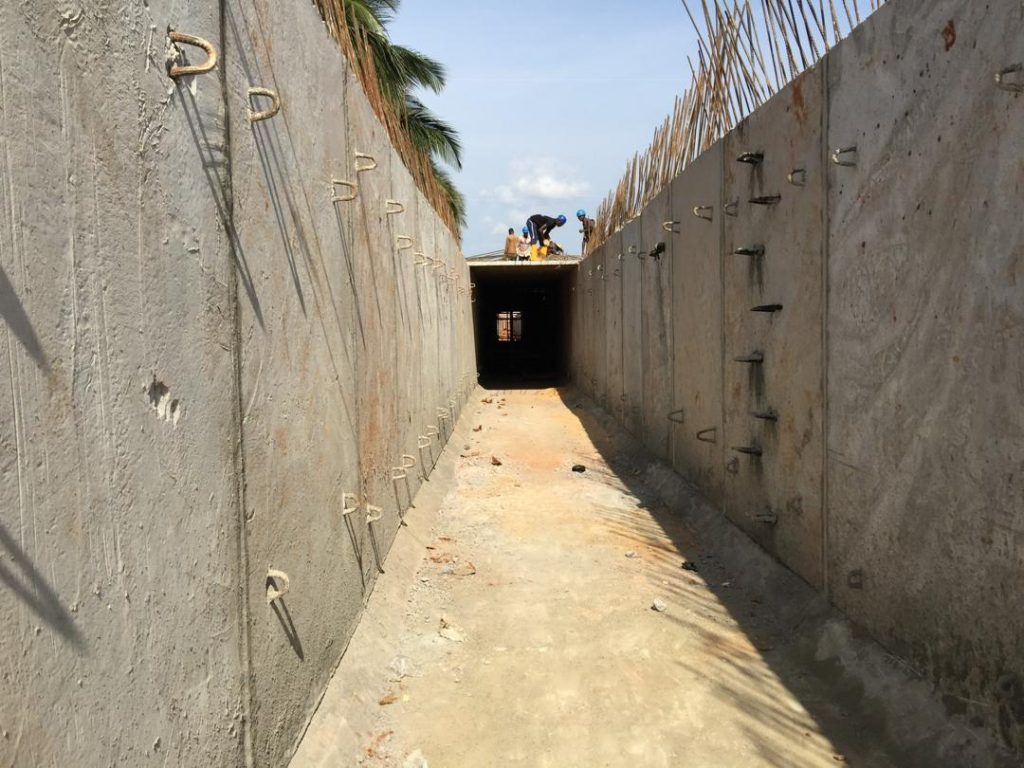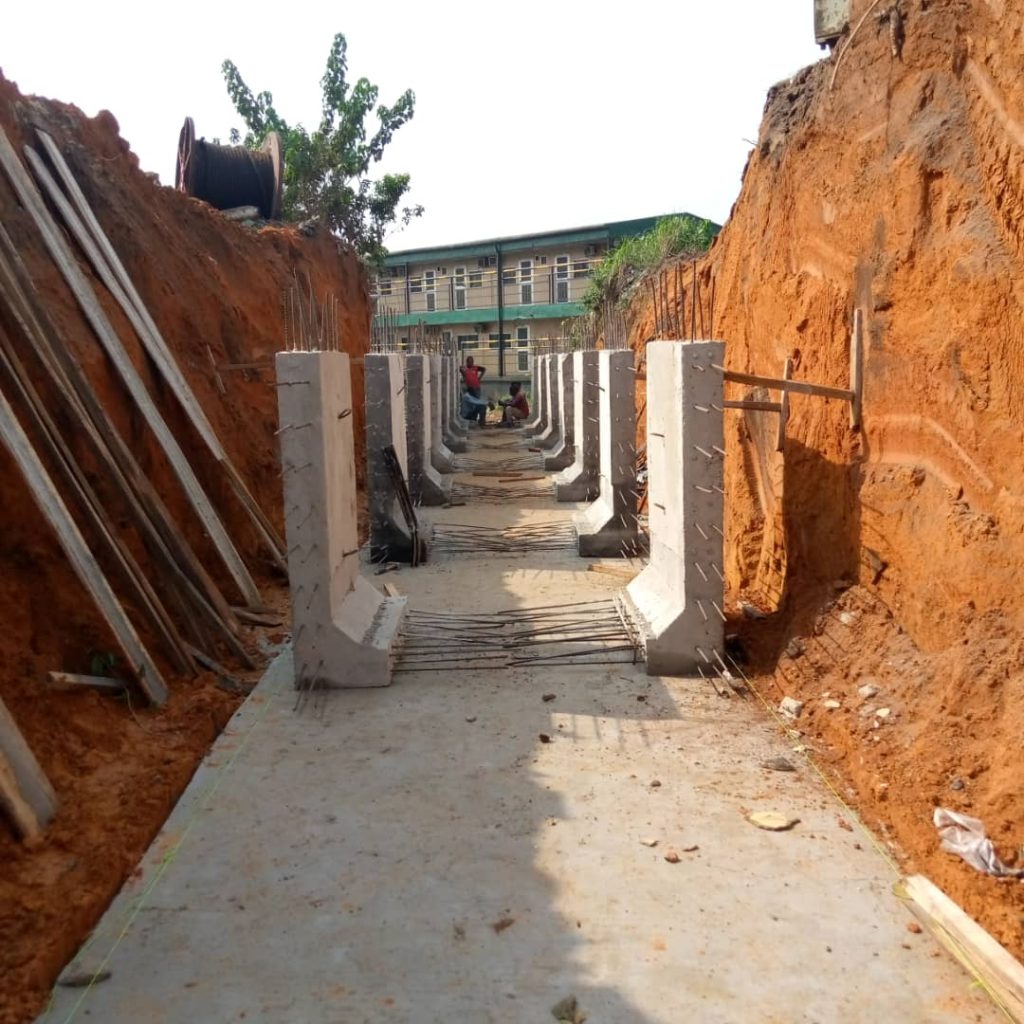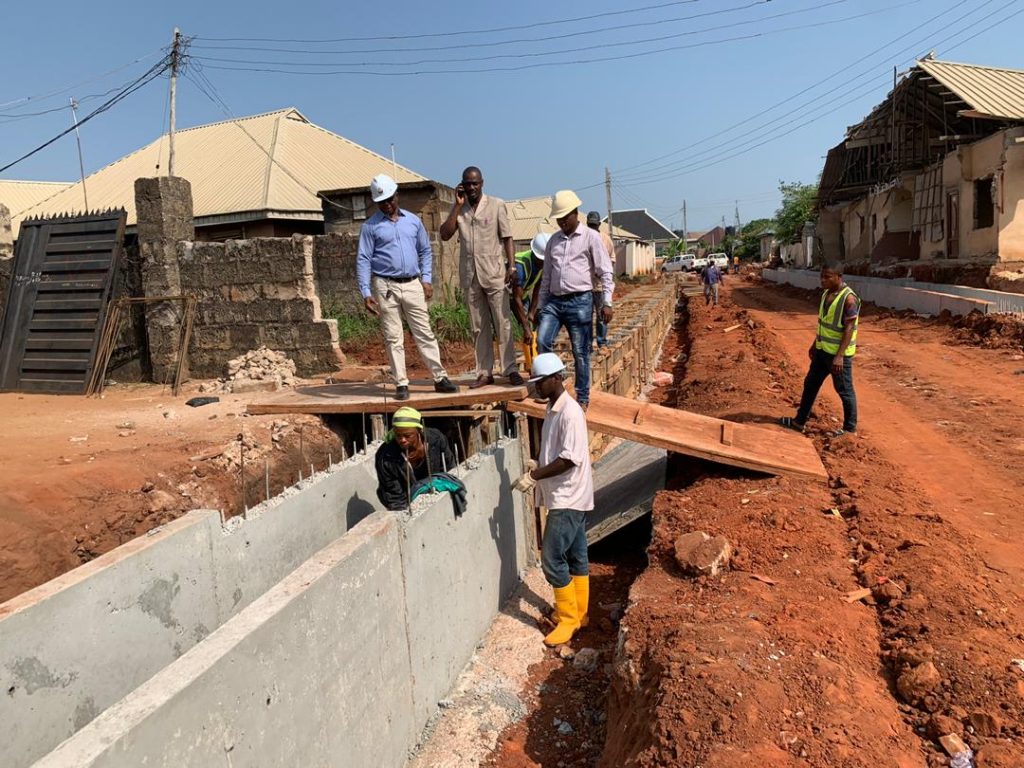Recent Posts
- June, 2025
- April, 2025
- July, 2024
- June, 2024
- May, 2024
Challenges of Storm Water Management in Urban Areas of Nigeria: A Critical Analysis
Categories
- Case Studies
- Construction Law
- Construction Technology
- Consultancy and Advisory Services
- Engineering Design and Simulation
- Engineering Surveys
- Environmental
- Feasibility and Economic Studies
- Industry News and Trends
- Innovation and Research
- Mechanical, Electrical, and Plumbing (MEP)
- Project Supervision and Management
- Project Valuation and Cost Control
- Safety and Regulations
- Training and Education
- Uncategorised
- more


